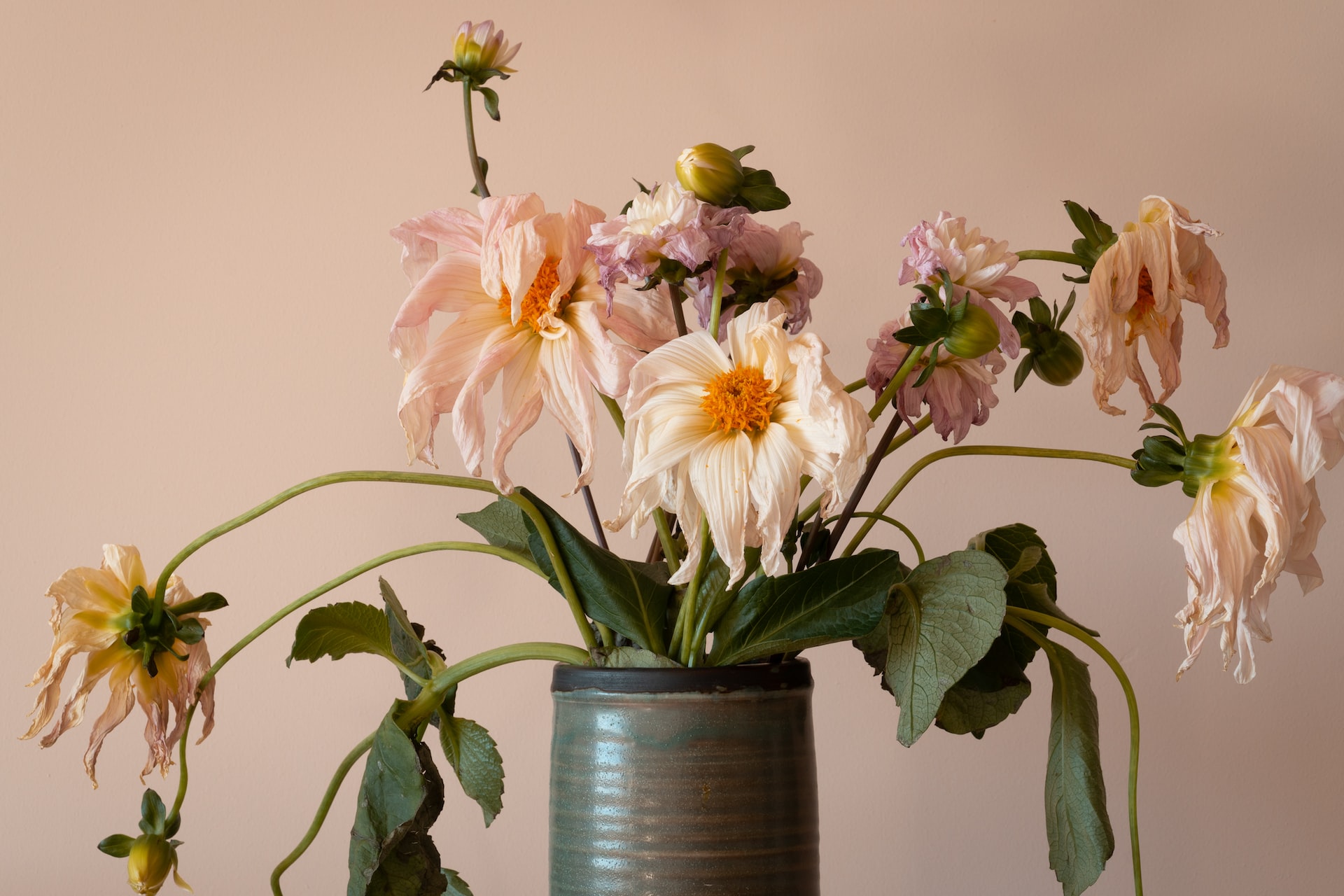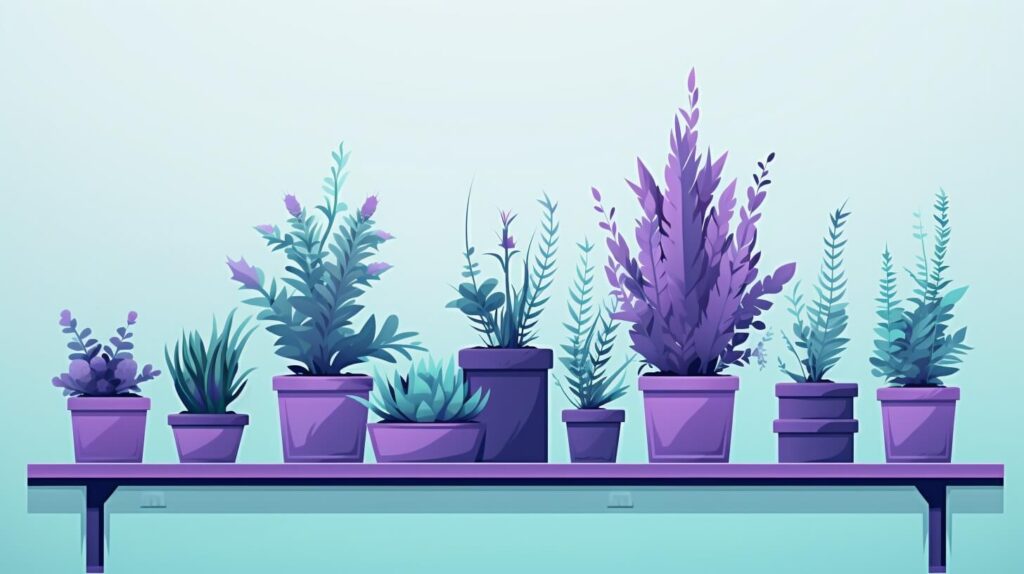
We are reader-supported. When you buy through links on our site, we may earn an affiliate commission.
Perhaps you’re not known for having a green thumb or are one of those who tend to love their plants to death — maybe even in a literal sense.
It can be a real bummer to notice your plant looking sad and wilted, especially after you thought you were giving it the care and attention it needed.
Fortunately, shriveled, falling leaves aren’t always a sign that a plant is gone for good. Here are five tricks for reviving a dying plant.
1. Evaluate Its Appearance
Determining whether a plant is dead or alive is challenging. After all, it’s not as if you can check for a pulse. You must rely on a plant’s appearance to tell you what’s the matter — and there could be a lot it’s trying to say to you.
For example, brown curling leaves might be concerning, but as long as the stems are still sturdy and strong, there’s a chance of survival. The same can be said for a plant’s root system, in which soft and brittle roots indicate your plant is, in fact, dead.
The leaves can also suggest unsuitable conditions that are easily adjustable, such as yellow, falling leaves that might be a sign of overwatering or underwatering.
Beginner gardeners often find it hard to create the optimum watering schedule. Yet, watering too frequently drowns the roots and makes them unable to absorb water and nutrients, risking rot.
On the other hand, browning edges could mean too much nitrogen in the soil — a common occurrence if you over-fertilize.
Other times, your plants might be perennials, meaning they’ll go dormant to protect themselves during the colder months. Some perennial plants require pruning back old foliage to ensure healthy growth in the spring, but you should first research care instructions for individual plants.
2. Consider Drainage
If your plant is in a pot with no drainage, that could be contributing to it being waterlogged. Consider transferring your plant to a self-watering planter instead.
Self-watering containers come in various sizes and colors and can even be a DIY project to make at home. These highly-efficient flower pots come with a water storage compartment at the bottom that you can fill with water.
Additionally, an overflow hole empties any excess water while the soil gradually soaks up the moisture through the roots. This helps prevent fungus and disease by keeping the leaves dry and feeding the source directly.
You should also opt for a fast-draining soil mix if you decide to repot the plant. Fast-draining potting soil uses various organic matter to make the soil more airy and porous.
3. Optimize Lighting
Even low-light indoor plants require some sunshine. Look at your plant’s current lighting situation. Did you recently hang heavy drapes or plant a shading tree outside? Maybe you relocated the plant to a different room? Reviving a dying plant could simply mean sticking it in a sunny window for a few hours.
You can make similar lighting adjustments for plants with too much sun. Either move the plant to a shadier spot or slide an outdoor potted plant out of direct sunlight. This could also benefit plant survivability if you live in a region with scorching hot summers.
4. Adjust the Temperature
Cacti or succulents will probably do fine near a vent or fan, but other species may not. Like people, plants prefer a comfortable temperature that isn’t too cold or hot. Since they also absorb water through their leaves, humidity should be a factor.
Ideally, your home should have between 40% and 50% humidity for indoor plants to thrive. The New York Botanical Gardens also recommends setting the thermostat between 65° and 75° Fahrenheit during the day and 55 to 65°F overnight.
To increase the humidity enough to bring your plants back to life, you can mist them with a spray bottle or add a humidifier to the room.
5. Boost Nutrition
Plants require plenty of macronutrients — nitrogen, phosphorus and potassium — for nourishment and development. For example, green leaves and sturdy stems result from nitrogen, while phosphorus is essential for flower blooms and a robust root system. Potassium is also critical in preventing disease and withstanding drought, particularly in fruit trees.
You might need to fertilize your plants to revive them. However, you should do this carefully to avoid burning the plants and worsening their conditions.
Fertilization should be a last resort, only applied after you’ve brought sick plants back. You can choose from two fertilizer options — time-release and water-soluble. Forgetful people with busy schedules might benefit from using time-release fertilizers, while others might prefer using water-soluble fertilizers to avoid potential burning.
Don’t Stress Over a Dying Plant
Reviving your dying plants might require one or more methods until you get the hang of gardening like the experts. However, don’t beat yourself if your plant dies. Sometimes your best option is to start fresh with a new plant, keeping these revival techniques in mind just in case.







